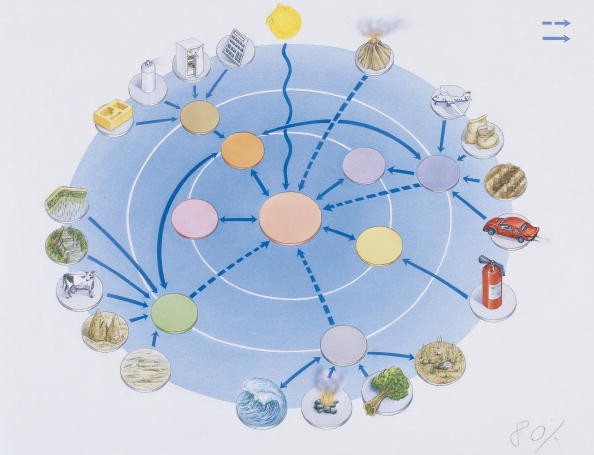UN: Ozone Layer Shows First Sign of Recovery

In their first review in four years, the UN has confirmed today (10 September) that the fragile ozone layer is "well on track" for recovery by mid-century.
"The Earth's protective ozone layer is well on track to recovery in the next few decades... before mid-century in mid-latitudes and the Arctic, and somewhat later for the Antarctic ozone hole," read a statement from the report, which is co-produced by the UN Environment Programme (UNEP) and the World Meteorological Organisation (WMO).
Now for the first time in this report we say that we see indications of a small increase in total ozone. That means recovery of the ozone layer in terms of total ozone has just started.
UN officials noted in the report that without the landmark 1987 Montreal Protocol on Substances that Deplete the Ozone Layer, two million additional cases of skin cancer would have been registered by 2030 and the levels of ozone-damaging compounds would have increased tenfold by 2050.
"Now for the first time in this report we say that we see indications of a small increase in total ozone. That means recovery of the ozone layer in terms of total ozone has just started," said Geir Braathen, WMO senior scientific officer.
The ozone layer is a natural protective shield for life on Earth that filters out harmful ultraviolet light from the Sun that can lead to skin cancer.
Ozone hole is a term that represents the annual thinning of the ozone layer over Antartica, mostly by manmade chlorine compounds, such as propellants found in hair sprays.
The report also confirmed that the ozone hole over Antarctica has stopped growing bigger every year, however, it will take a decade before it starts shrinking.
While UNEP chief Achim Steiner celebrated the Montreal Protocol, she noted that, "the challenges that we face are still huge. The success of the Montreal Protocol should encourage further action not only on the protection and recovery of the ozone layer but also on climate."
While the 110-page report authored by 200 scientists brought good news, it also carried some warnings pointing towards the rise of ozone-eroding compounds, like carbon tetrachloride and man-made nitrous oxide (N2O).
"International action on the ozone layer is a major environmental success story ... This should encourage us to display the same level of urgency and unity to tackle the even greater challenge of tackling climate change," said Michel Jarraud, WMO Secretary-General.
© Copyright IBTimes 2025. All rights reserved.






















